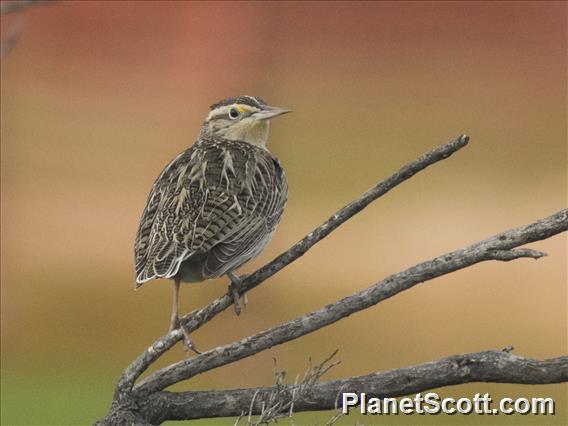Western Meadowlark (Sturnella neglecta)

Western Meadowlark (Sturnella neglecta)

Western Meadowlark (Sturnella neglecta)


×



Western Meadowlark (Sturnella neglecta)

Western Meadowlark (Sturnella neglecta)
About Western Meadowlark (Sturnella neglecta)
- Kingdom: Animals
- Phylum: Chordates
- Class: Birds
- Order: Perching Birds
- Family: American Blackbirds and Orioles
The western meadowlark is a medium-sized icterid bird, about 8.5 in (22 cm) in length. It is found across western and central North America and is a full migrant, breeding in Canada and the United States with resident populations also found in Mexico. The western meadowlark nests on the ground in open grasslands and shrublands. It feeds on bugs and seeds. The western meadowlark has distinctive calls described as watery or flute-like, which distinguish it from the closely related eastern meadowlark. The western meadowlark is the state bird of six states: Kansas, Montana, Nebraska, North Dakota, Oregon, and Wyoming.
Source: Wikipedia
Visits
-
2006-04-16
Kern National Wildlife Refuge, United States of America -
2007-01-05
Bernal Hill, United States of America -
2007-01-22
Palo Alto Baylands, United States of America -
2007-01-25
Heron's Head Park, United States of America -
-
2009-11-22
Palo Alto Baylands, United States of America -
2009-11-29
Heron's Head Park, United States of America -
2012-07-10
Bluestem Prairie, United States of America -
2012-07-10
170th St , United States of America -
2012-07-10
Chase Lake NWR, United States of America -
2012-07-11
Theodore Roosevelt National Park - South Unit, United States of America -
2012-12-06
Solano County Farmlands, United States of America -
2012-12-13
Heron's Head Park, United States of America -
2013-12-01
Heron's Head Park, United States of America -
2014-01-01
Heron's Head Park, United States of America -
2014-01-11
Heron's Head Park, United States of America -
2014-01-14
Candlestick Park, United States of America -
2014-02-22
Panoche Valley, United States of America -
2014-02-22
Santa Fe Grade, United States of America -
2014-09-27
Mount Davidson, United States of America -
2014-11-01
Yosemite Slough, United States of America -
2014-12-27
Heron's Head Park, United States of America -
2015-01-01
Candlestick Park, United States of America -
2015-01-02
Pixley NWR, United States of America -
2015-01-04
Panoche Valley, United States of America -
-
-
-
-
-
-
-
-
-
-
-
-
-
-
-
-
-
-
-
-




